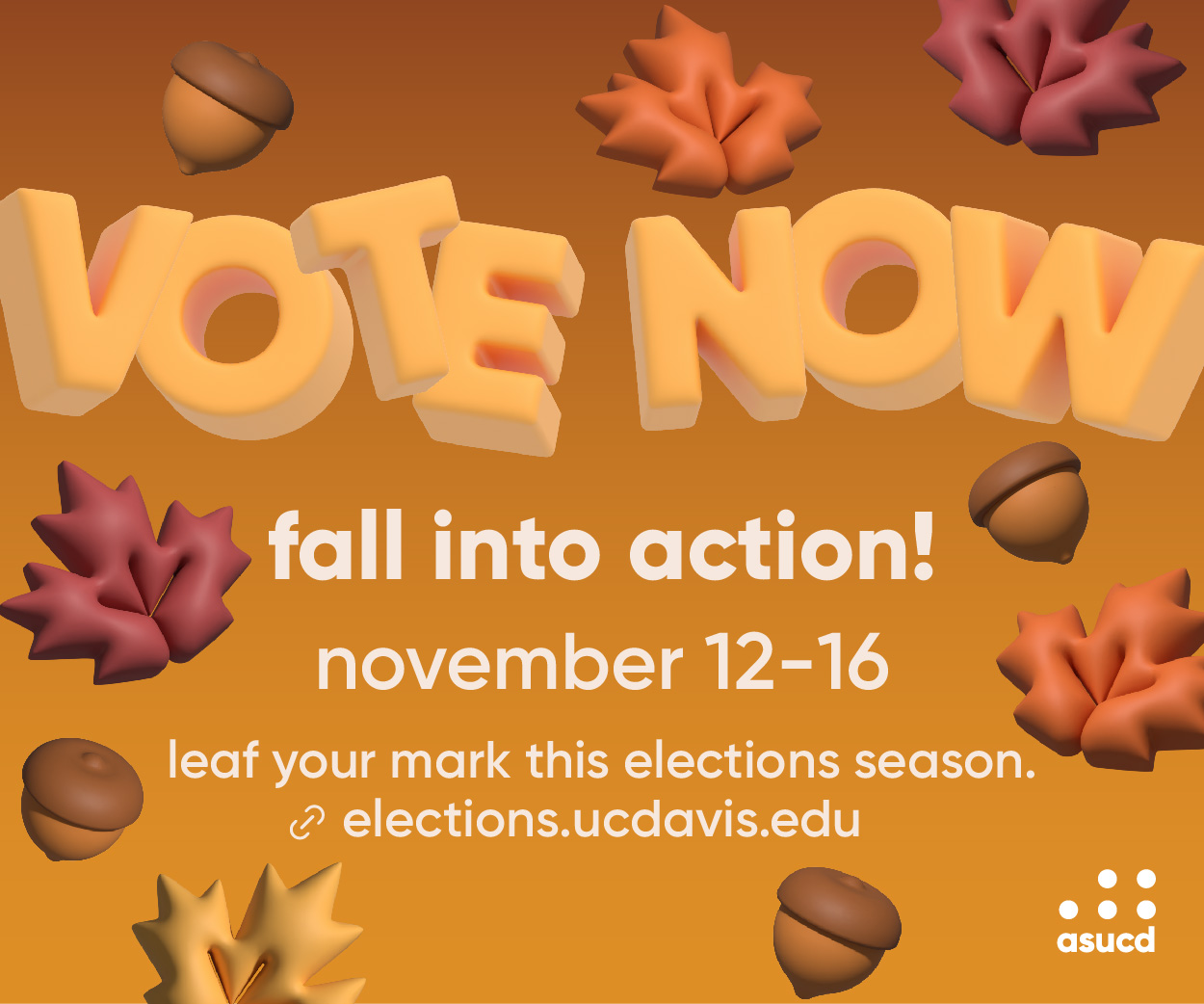On Nov. 18, the police pepper sprayed non-violent UC Davis student protesters — and they spurred a worldwide debate about free speech, peaceable assembly and police brutality.
The incident has brought up such questions as: were first amendment rights to free speech and peaceable assembly confiscated from students? Were police using excessive force?
Will Creeley, director of legal and public advocacy at the Foundation for individual Rights in Education (FIRE) said yes.
FIRE is conducting an investigation of the incident out of concern that protesters lost both their first amendment rights and their fourth amendment rights to freedom from unreasonable acts by police.
The university is allowed to set time and manner restrictions on peaceable assembly, making it lawful for them to ban camping on the Quad according to Creeley. But sitting down and linking arms after having complied with police demands to take down tents, does not condone physical force such as pepper spray, he said.
Creeley said that the protesters were non-violent, non-threatening and not blocking police movement and therefore well within their rights.
“We think that the abuse captured on video was horrifying, it was excessive, it was a clear overreaction, we believe that it was in violation of the University of California Police Department (UCPD) and federal protocol,” he said, “we believe that this wasn’t policing, but punishing; someone was trying to shut these protesters up.”
Chris Dolan, a civil rights lawyer, added penal code 148, which provides that a person can legally resist unlawful arrest, to the list of laws backing the protesters and incriminating the police.
Dolan said that all police officers are trained to deal with protesters, but that the UCPD demonstrated a clear lack of misunderstanding and attention to that training. He cited the California Commission on Peace Officer Standards and Training- Learning Domains (LD) 15 and 24 to explain how exactly the UCPD breached protocol.
LD 15 provides protocol for making an arrest, stating that officers must inform the person to be arrested of the cause for the arrest, the intention of the person making the arrest and their authority to make the arrest before doing so; if they do not do so, their arrest is unlawful.
LD 24 outlines a detailed approach to controlling crowds like the one formed by UC Davis protesters. It provides three intervention techniques that should be used only if the prior technique did not succeed. First, verbal force — first asking and then, if necessary, telling that person to do something. Second, physical contact — touching or restraining an individual without assault. Lastly, physical force — use of control holds first and less lethal methods second; if those don’t succeed, resort to threat of deadly force or deadly force.
Charles Parker, senior international relations major who was pepper sprayed and arrested on Nov. 18, said that before being pepper sprayed the police did not ask him anything or make any demands of him. Before he was arrested, he was not notified of the police’s cause, intention or authority.
“An announcement was made, but I couldn’t hear it and I couldn’t even really tell who was saying it,” he said. “The next thing I knew, my face was burning from pepper spray and a cop was forcing me onto the ground and zip-ties around my wrists, not a word was said.”
Dolan said that the police’s behavior was in clear violation of LD 15 because they did not announce cause, intention, and authority, and LD 24 because they did not sequence through the intervention techniques, but skipped directly to use of force.
“Even if protesters had resisted arrest, which they didn’t, that would have been lawful because the arrests were unlawfully made,” he said.
Dolan said that he would be surprised if every officer at the scene is not given disciplinary action for breaching LD 20, failing to intervene in or prevent the other officers from violating the injured persons constitutional rights.
Although university administration, faculty, students and many lawyers insist that the officers’ actions were excessive, some experts on police tactics say that pepper spray is actually considered one of the least violent forms of crown control in comparison to dragging protesters or hitting them with batons.
“Between verbalized commands and knock-down, drag-out fights, there’s quite a bit of wiggle room,” David Klinger, a former Los Angeles Police Department officer and instructor at the University of Missouri-St. Louis who reviewed the pepper spray footage, told University of Austin, Texas’ student newspaper The Daily Texan.
“When you’ve got a bunch of people who are clearly non-compliant, locking arms, it doesn’t look good [on camera],” he said.
At a town hall meeting last week regarding the pepper spray incident, Vice Chancellor of Administrative and Resource Management John Meyer stated that, “police have a ton of discretion at their disposal and have to make decisions quickly and to the best of their ability.”
The California Commission on Peace Officer Standards and Training, the U.S. Code and the constitution state that police actually have very structured, detailed and situation-appropriate protocol to abide by.
“Police really have few choices to make because their protocol is so comprehensive,” Dolan said. “People give them too much power because they don’t know any better. But police know better and that will come out in trial.”
SARA ISLAS can be reached at city@theaggie.org.




